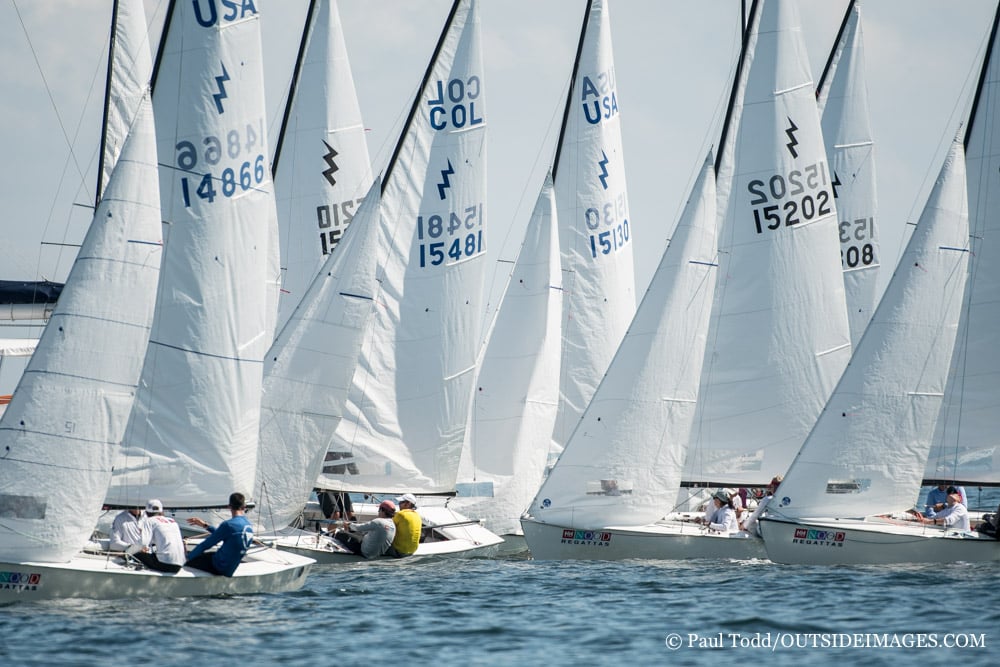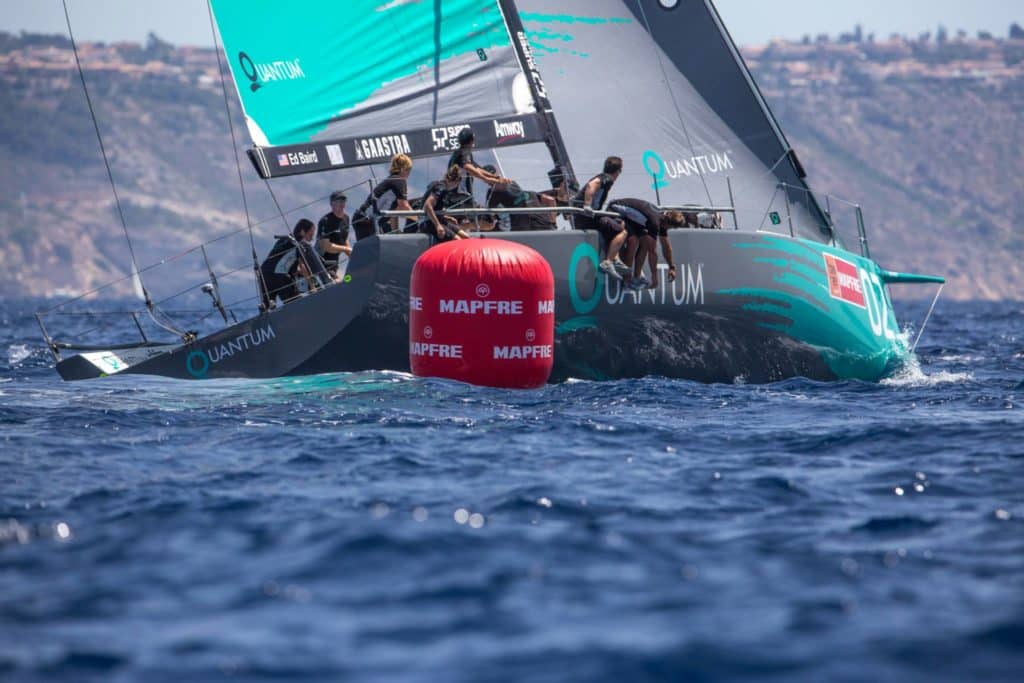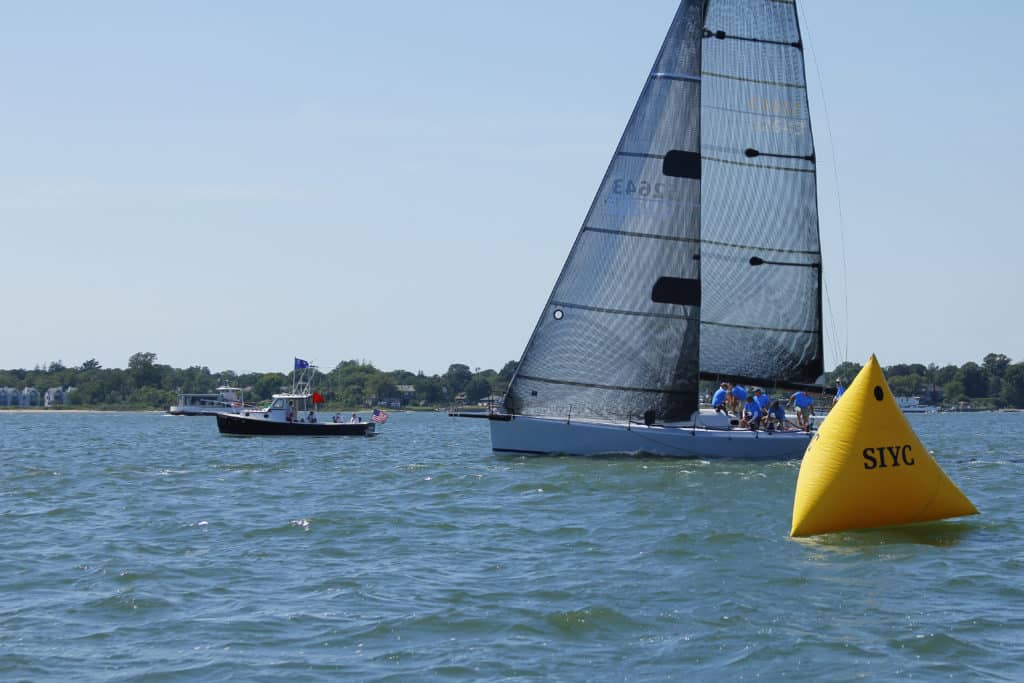
What to do When You’re Winning
Tim Herzog explains that holding on to a lead can be as much about your mindset as it is your speed or tactics.

Tim Herzog explains that holding on to a lead can be as much about your mindset as it is your speed or tactics.

Communication between boats on the course can help in tight situations, but sometimes it’s better to “shut up and sail.”

With foiling catamarans, match racing tactics still apply, but with narrow course boundaries and rapid closing speeds, tactics are accelerated to a new level.

Taking a big-picture look at the conditions will help you set up better, and make smarter small-picture decisions.

Top sailors know that time well spent before the first start will go a long way toward good finishes.

Steve Hunt applies what he learns during his pre-start workup, and makes a case for the importance of having a good plan—or at least having a plan.

In his fourth installment, Steve Hunt gives us the guide to a conservative first leg.

After sailing a smart beat, it’s time to get around the weather mark without any drama.

Plan early and keep it simple to get the most out of your downwind legs.

Races can be won and lost in the corners, especially at the leeward mark. Here’s where being proactive can really make the difference.

A crowded leeward-gate rounding is a perfect opportunity to pass boats, and more often than not, the best solution is the path of least resistance.

Steve Hunt keeps us pointed towards a strong finish in the eighth installment of Around the Racecourse.

Tim Herzog explains that holding on to a lead can be as much about your mindset as it is your speed or tactics.

Communication between boats on the course can help in tight situations, but sometimes it’s better to “shut up and sail.”

With foiling catamarans, match racing tactics still apply, but with narrow course boundaries and rapid closing speeds, tactics are accelerated to a new level.

Taking a big-picture look at the conditions will help you set up better, and make smarter small-picture decisions.

Top sailors know that time well spent before the first start will go a long way toward good finishes.

Steve Hunt applies what he learns during his pre-start workup, and makes a case for the importance of having a good plan—or at least having a plan.

In his fourth installment, Steve Hunt gives us the guide to a conservative first leg.

After sailing a smart beat, it’s time to get around the weather mark without any drama.

Plan early and keep it simple to get the most out of your downwind legs.

Races can be won and lost in the corners, especially at the leeward mark. Here’s where being proactive can really make the difference.

A crowded leeward-gate rounding is a perfect opportunity to pass boats, and more often than not, the best solution is the path of least resistance.

Steve Hunt keeps us pointed towards a strong finish in the eighth installment of Around the Racecourse.
Sign up for Sailing World emails to receive features on travel destinations, event listings and product reviews as well as special offers on behalf of Sailing World’s partners.
By signing up you agree to receive communications from Sailing World and select partners in accordance with our Privacy Policy. You may opt out of email messages/withdraw consent at any time.